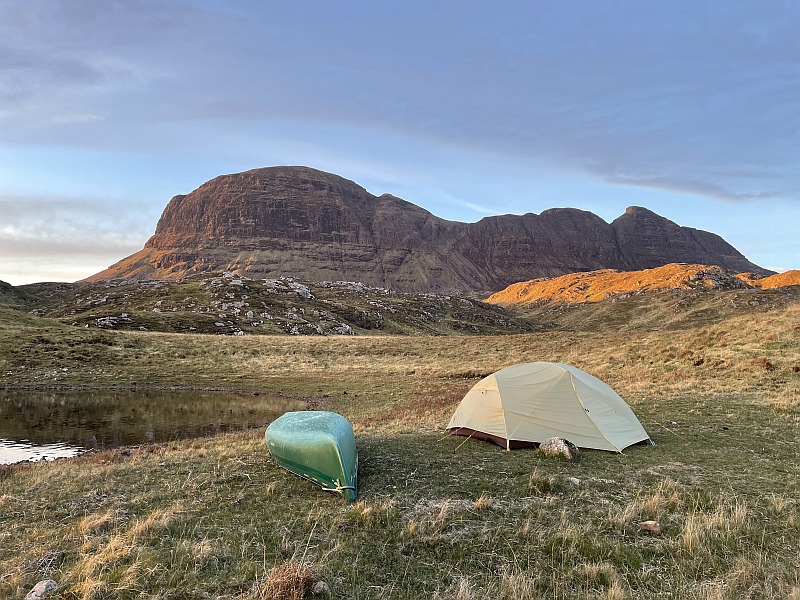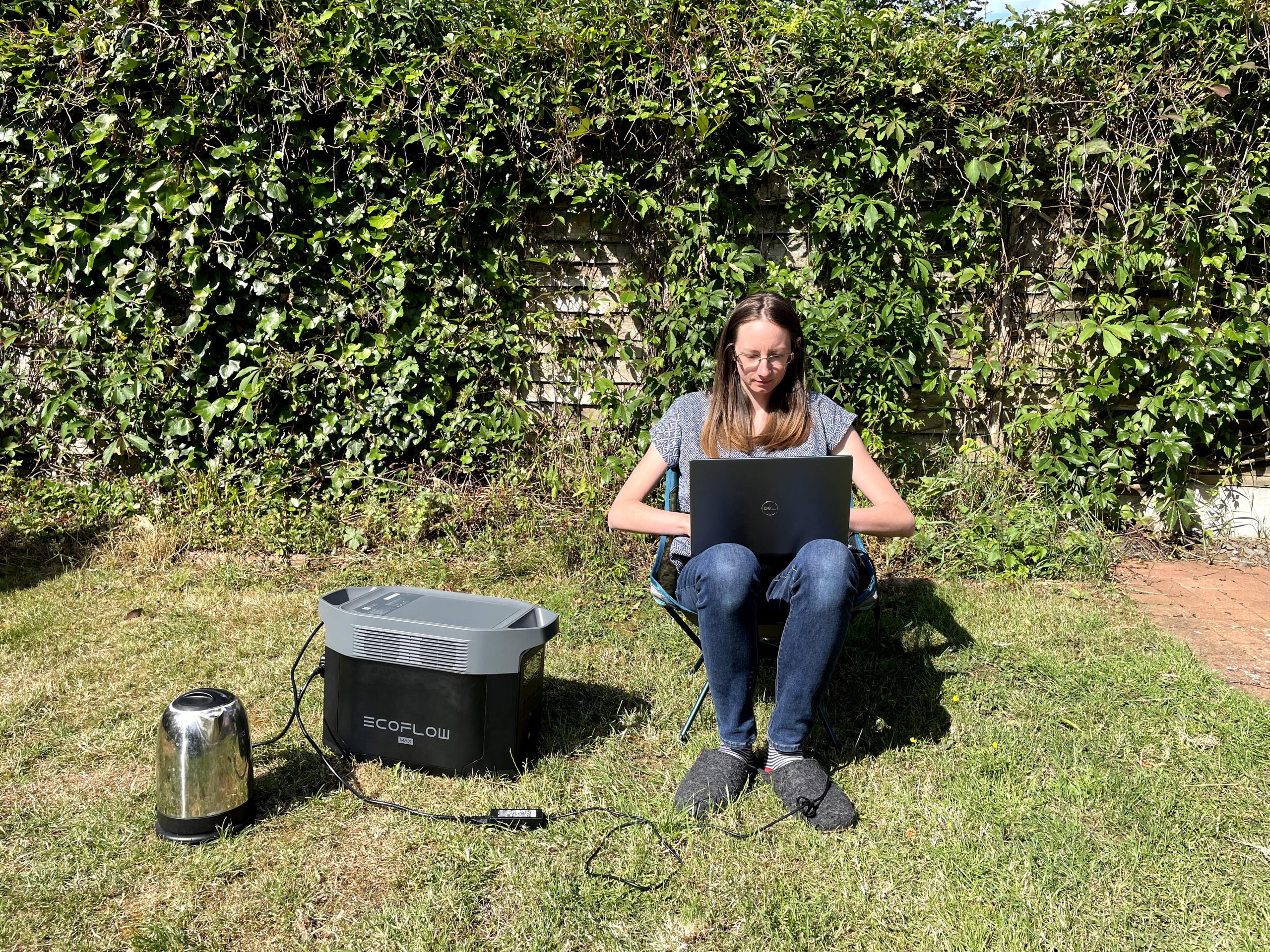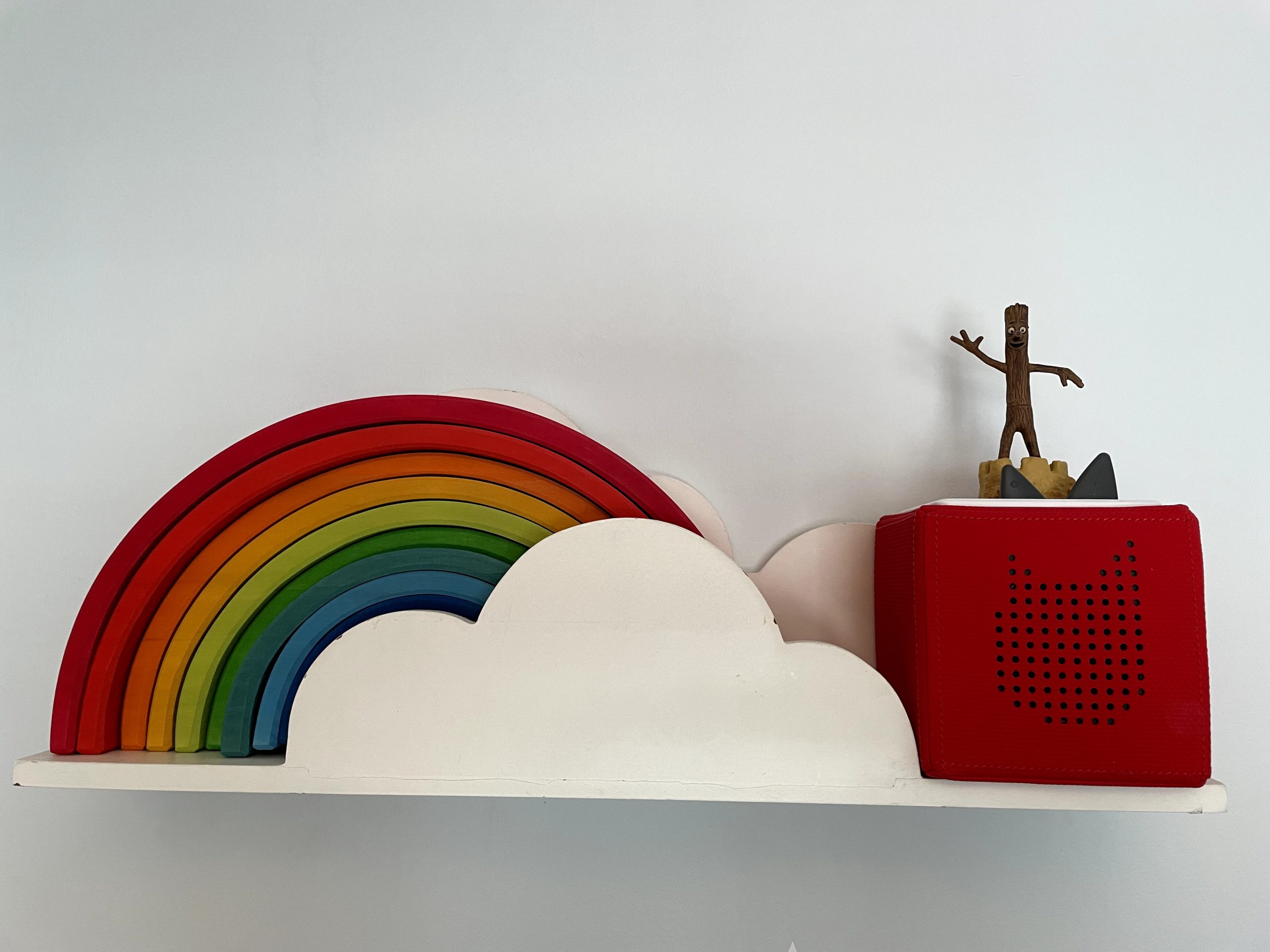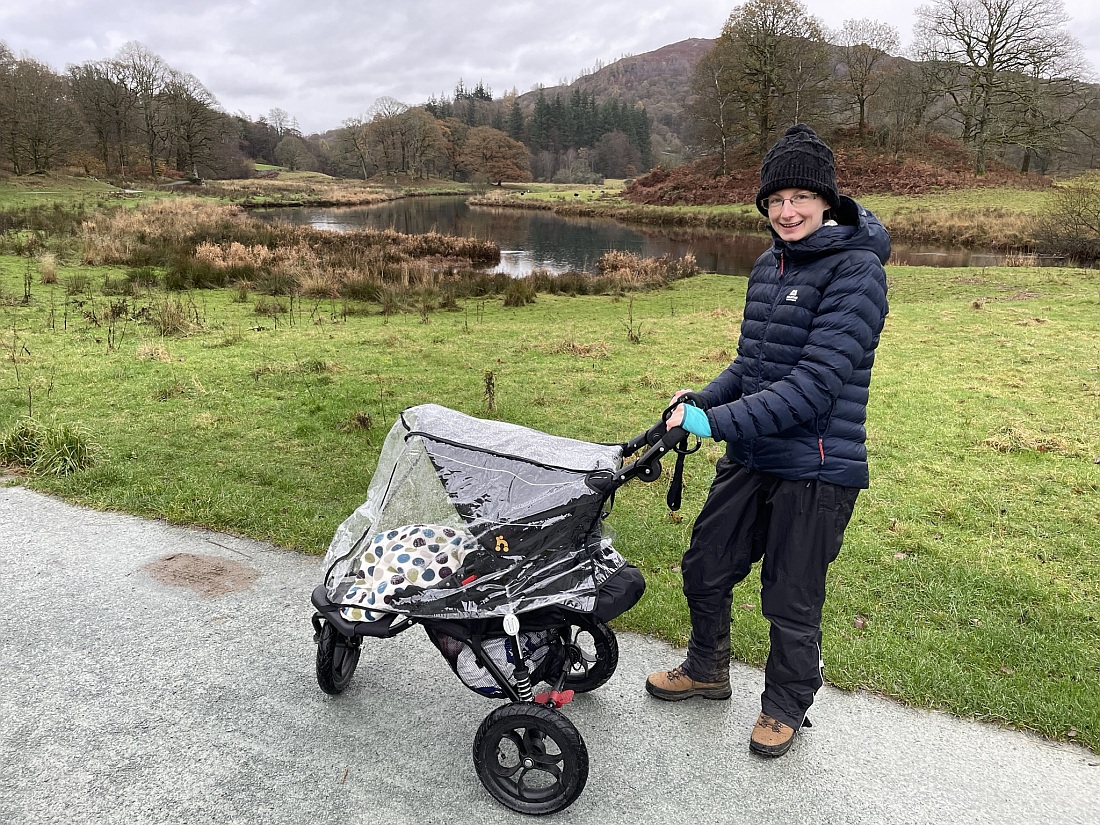Personal locator beacon
Also often referred to as PLB. They are designed to locate you in a life-threatening emergency, and then report your position to rescue agencies, who will perform a search and rescue operation to find you. Important to note, that they are very basic compared to satellite communicators, as there is no two-way communication. It just transmits an SOS message with the push of a button. They operate using satellite technology, so they will work where there is no mobile reception. Registration for beacons is required by law. You will need to give vital personal information (eg. name, emergency contact number, medical conditions, etc) which can help speed up your rescue. If you sell on your device, then you need to report that and the new owner will have to register themselves. The battery normally lasts for many years, but you will need to send it in for replacement when the time comes. The biggest advantage of a personal locator beacon over satellite messengers is that you can save on costs, as they don’t require a subscription.
Satellite Messenger
Satellite communicators can also be used to send an emergency distress signal to alert authorities, but they surpass PLB’s ability with some additional features. A satellite messenger is able to do two-way communication, meaning you can exchange texts with family or emergency services. This way you can go into more detail about your situation, which helps rescue services decide how urgent your case is and what equipment they might need to get you. Satellite messengers rely on global satellite networks so they work worldwide. Some other features allow you to get weather updates for your location, navigate your route and track and share your journey with your family and friends. The battery life can range from a couple of days to around 20 days. So you need to be mindful of the features you use in order to maintain battery life. A big drawback to these devices is that after the initial cost you will also need to pay an activation fee and a monthly fee that varies based on the level of usage you choose. Some companies allow you to get a plan for ad hoc trips.
Satellite phone
Mobile phones require cellular towers. These often run out of signal in remote areas or if a cell tower goes down during a natural disaster or in a war zone. As the name suggests a satellite phone gets data from the satellites orbiting the Earth, so it enables you to make calls from pretty much anywhere in the world. You can get sat phones from many retailers. Sat phones’ features are quite basic compared to some satellite messengers. They focus on placing calls or sending short text messages. You will need to add either a monthly plan or use a pre-paid card to operate it. Battery life is generally a few days.


















The best portable power station – UK Edition |
March 16, 2022 at 5:00 pm[…] environmental disasters, but with a portable power supply, you will be prepared in a catastrophe. A satellite phone might also be useful in such situation. All these devices are also great to use if you go off-grid […]
Wild Camping Equipment: A Checklist for your next trip |
March 16, 2022 at 5:04 pm[…] our wild camping trip to Suilven, we decided to buy an emergency GPS tracker for peace of mind. We explored some very remote areas without any phone signal. We wanted a way to […]
Wild camping kayak trip in Dorset | Travel Hacker Girl
March 18, 2022 at 9:31 am[…] was a guided tour, however if you go and paddle on the sea on your own, I highly suggest carrying a personal locator beacon for […]
The Trinnacle – A Peak District circular walk
April 18, 2022 at 6:59 pm[…] sunny day, so having backup layers in your backpack is highly recommended. We also tend to take an emergency GPS tracker on all our hikes. This gives us peace of mind.Also, pack plenty of snacks and […]
Top 10 Things to do in Madeira - The Winged Fork
May 9, 2022 at 1:00 pm[…] would also suggest having a “personal locator beacon” for emergencies if you are doing the hike on your own. However, anyone can experience the […]
8 best kayaking and canoeing adventures near London | Travel Hacker Girl
May 10, 2022 at 4:12 pm[…] move around, than in a kayak, and it is very unlikely that you will capsize. I would also take an emergency GPS for peace of mind.Where to book: CKT Canoe and Kayak […]
Angle Tarn wild camping adventure in the Lake District
June 12, 2022 at 10:08 am[…] your own safety I also suggest having a satellite communicator which can help you keep in touch with family even without reception. It can also notify emergency […]